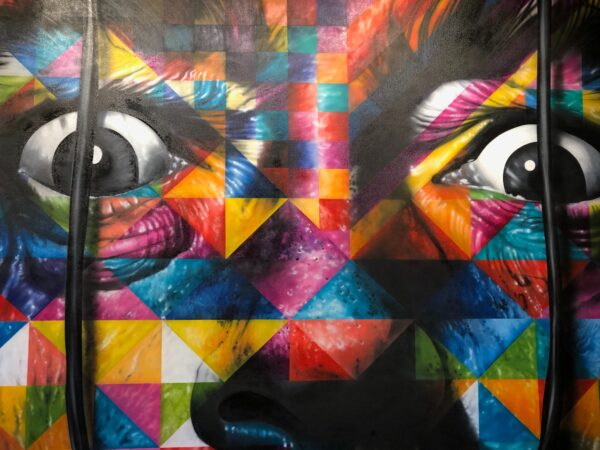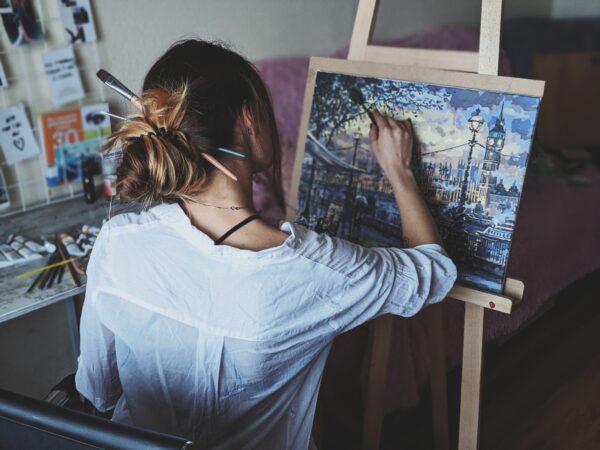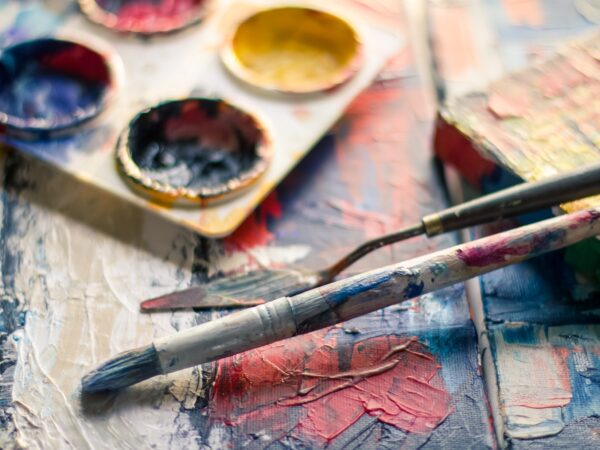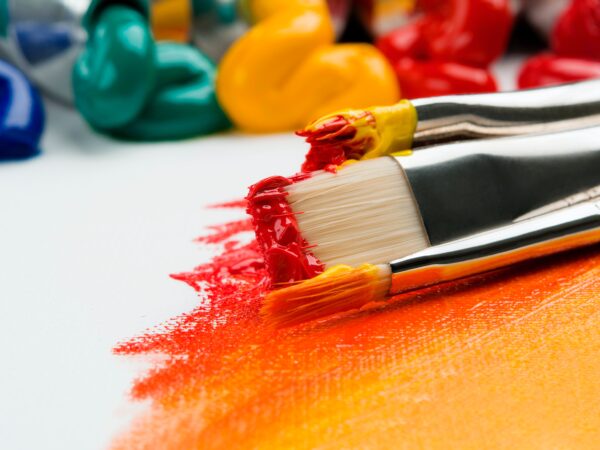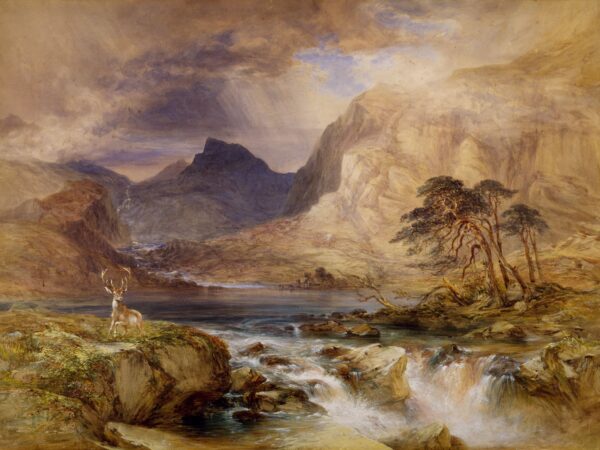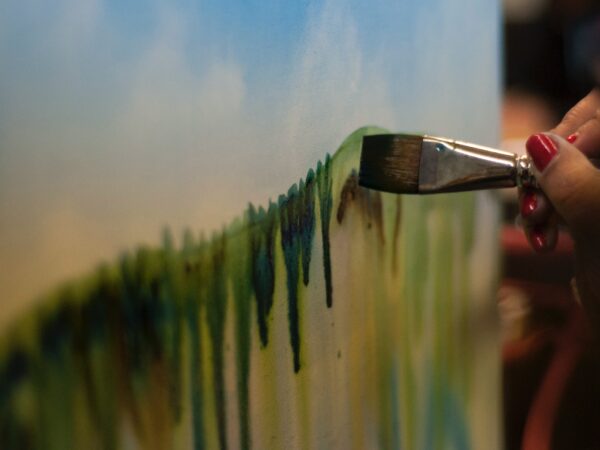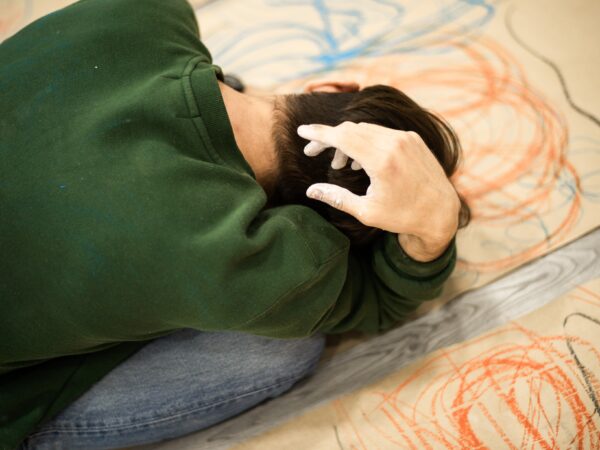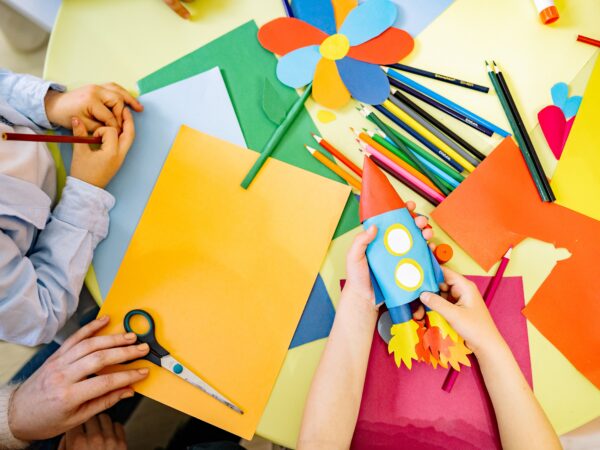Art has always been a powerful way to express oneself, allowing artists to explore and show what makes them unique and build there identity. From cave paintings to modern art, artists have used their creativity and imagination to show how they see the world and what they have been through.
The Influence of Personal Experiences on Art
One of the main ways artists show who they are as people is through what they have been through. Artists often use memories from their childhoods, their cultural backgrounds, or their own struggles to make works that are deeply personal and meaningful.
Frida Kahlo’s self-portraits, for example, show her physical and emotional pain as well as her Mexican background. Her paintings give a personal look into her life and also show the larger cultural and political issues of her time.
In a similar way, Vincent Van Gogh’s paintings are based on his own life, especially his struggles with mental illness. His bright, expressive style shows how he feels deeply and also captures the beauty and energy of nature.
The Role of Identity in Shaping Artistic Styles
Artists often get ideas from their cultural background, social environment, and personal values, which are all parts of their personal identity.
In the 1920s and 1930s, for example, the Harlem Renaissance was a cultural movement that celebrated African American art and culture and showed what life was like for Black Americans at that time.
In a similar vein, the feminist art movement of the 1960s and 1970s pushed for more representation of women in art in order to challenge the dominance of men in the field.
This movement grew out of the personal experiences of women artists who felt left out of the mainstream art scene and pushed to the sidelines.
The Impact of Art on Our Perception of Identity
Art can also change how we see ourselves and others because it shows us how other cultures, experiences, and points of view are.
Artists can challenge our assumptions and help us learn more about the world around us by looking at things like race, gender, sexuality, and nationality. Kara Walker’s black paper cutouts, for example, challenge our ideas about race, gender, and power in American history by showing how complicated these things are. Her work makes us think about how our identities are shaped by social and historical factors.
Art as a Tool for Self-Discovery and Empowerment
Additionally, art can be a potent tool for empowering and self-discovery. Artists can better understand themselves and their place in the world by exploring and expressing their personal identity through their work. As artists make a point of asserting their identities and viewpoints through their works, art can also give a sense of agency and empowerment.
As an illustration, the field of art therapy uses art as a therapeutic tool to encourage self-discovery, healing, and personal development. In a secure and encouraging setting, art therapy can assist people in exploring their sense of self and expressing their feelings and emotions.
The Importance of Diversity in the Art World
The importance of diversity in the art world is highlighted by how important it is for people to express their individual identities through art. Because art reflects society, underrepresentation of some perspectives and life experiences occurs in the art world. In order to foster a greater understanding and appreciation of various cultures and experiences, the art world should work to be more inclusive and representative of diverse identities.
The Intersection of Art and Technology
Technology developments have provided artists with new avenues for identity exploration and expression. Artists are using technology to push the limits of conventional art forms and create new forms of expression, from digital art to virtual reality installations.
Rafael Lozano-Hemmer, a digital artist, creates interactive installations that invite viewers to interact with the artwork as he explores the connection between technology and identity.
Biometric technology, like facial recognition and heartbeat sensors, is frequently used in his work to create immersive and interactive experiences. This is intersection of Art and technology.
Art and the Human Experience
Art has the power to profoundly connect us to the human experience. Artists have the ability to evoke emotions and feelings in their audience that are consistent with the common experience of humanity through the use of color, shape, texture, or form.
For instance, Vincent van Gogh’s paintings are renowned for their expressive use of color and brushwork, which conveys a sense of unadulterated emotion and passion.
Van Gogh was able to connect with his audience on a profoundly human level by using his art to express his innermost feelings and thoughts.
Art and Cultural Exchange
A potent tool for fostering cross-cultural dialogue and comprehension is art. Through their creations, artists can provide perspectives on various cultures and lifestyles, bridging gaps and fostering empathy and understanding.
For instance, Yayoi Kusama, a Japanese artist, has had her work displayed in museums and galleries all over the world, exposing audiences from various racial and cultural backgrounds to her distinctive viewpoint and aesthetic.
People say that her work broke down cultural barriers and helped people learn more about Japanese art and culture.
The Future of Art and Identity
The importance of art in expressing and forming personal identity will increase as society develops and becomes more diverse. As long as artists continue to dispel prejudices and stereotypes and champion different viewpoints and experiences, art will remain a potent tool for fostering empathy, understanding, and social change.
In the future, as artists push the boundaries of conventional art forms and investigate new forms of expression, Art may also play a bigger part in the development of new technologies and innovations. With the continued development of technology and society, there are countless opportunities for art and identity, opening up fresh vistas for research, exploration, and self-expression.
Conclusion
Art and identity are deeply interconnected, as artists use their work to express their personal experiences and perspectives, while also shaping our perception of ourselves and others.
Exploring themes such as race, gender, and culture, artists can challenge our assumptions and broaden our understanding of the world around us, Offering new insights and perspectives on the human experience.



